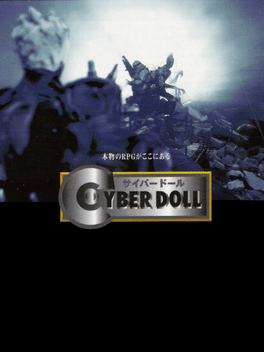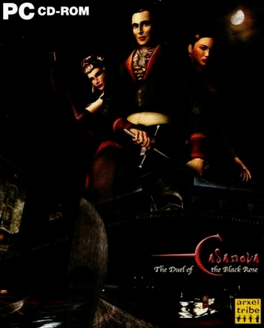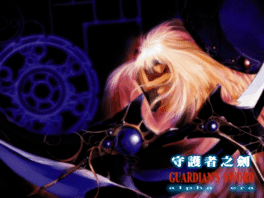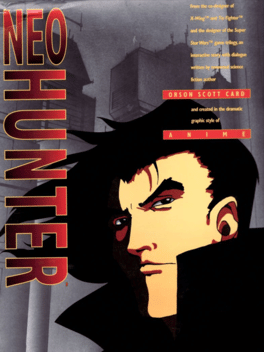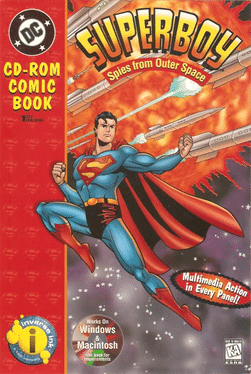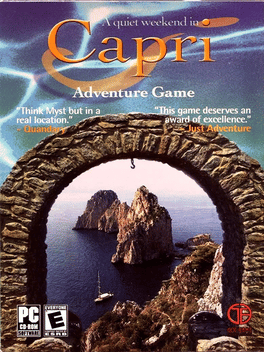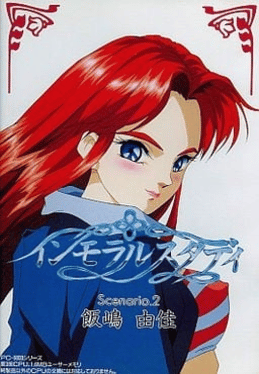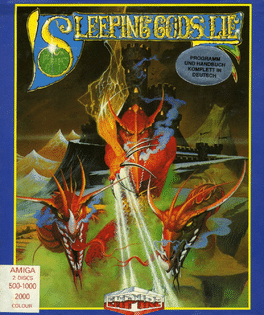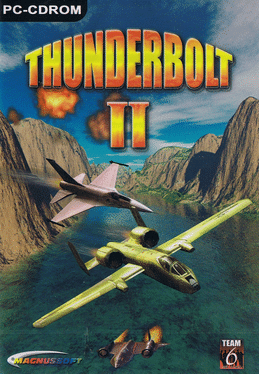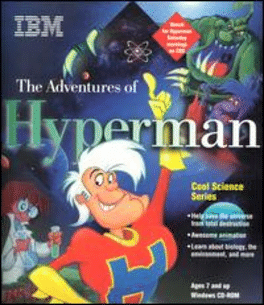Most Popular Adventure Games - Page 588
-
Cyber Doll
1996
-
Escape From Hell
1990
Escape From Hell
1990
You must find your way out of Hell in this, the last game to use the game engine created for Wasteland. -
NeoHunter
1996
-
Return to Paradise Heights
1995
Very similar to the first eroge VN but now the protagonist works in an office and just lives in Paradise Heights. -
Gothos
1997
Gothos
1997
Gothos is an interactive mystery adventure on 3 CDs. Vampire clans from around the world are gathering, and rumors are circulating that the ancient Scrolls of the First Blood have been unearthed. You play as a male or female vampire and are sent by your Coven into Gothos to investigate. Once inside Gothos you will meet the city's many inhabitants. Some will be exactly as they appear to be, but others will be involved in the web of deceit and corruption that must be unraveled to complete your mission. -
Superboy: Spies from Outer Space
An interactive comic book for Mac and Windows 3.X, based around a tale from the Superman universe. -
A Quiet Weekend in Capri
2004
A Quiet Weekend in Capri is a first-person, point and click adventure. The player is a tourist visiting the famous island of Capri (Italy) for the very first time. Suddenly, something strange happens. Almost all the people disappear and those who are left seem to know the protagonist. The player should explore the island, listen to what townsmen have to tell, wander through gardens, seashores, and old Roman ruins to discover the truth. -
Immoral Study Scenario 2: Iijima Yuka
1995
"Professor" Hitosuji, well-known reputed tutor and a teacher. He can turn even the worst students into straight A stars... although it might be just a coincidence that all those girls happen to be very young and beautiful students. His "private tutoring skills" might be somewhat questionable, but it works. -
Levantera: Tale of The Winds
2018
Get ready to set sail! You are the captain of the M.S. Tradewind, a trade ship bound for the open sea! Gather your crew, test your sea readiness, and explore the world in this 8-bit action/RPG inspired by NES classics. -
Sleeping Gods Lie
1989
-
Scott Adams' Graphic Adventure #5: The Count
Graphical version of the original Scott Adams all-text adventure, The Count. -
Thunderbolt II
2018
Thunderbolt II
2018
In Thunderbolt 2 you play the role of something flying through the long corridors. The main task is to shoot down objects thereby collecting fuel, which very quickly ends. To avoid collisions with other figures and go to the coveted finish. This time you can get some relax in this stylish symmetry puzzle game. -
The Adventures of Hyperman
1995
The Adventures of Hyperman was an educational point-and-click adventure game for the PC, which was released in 1995.
